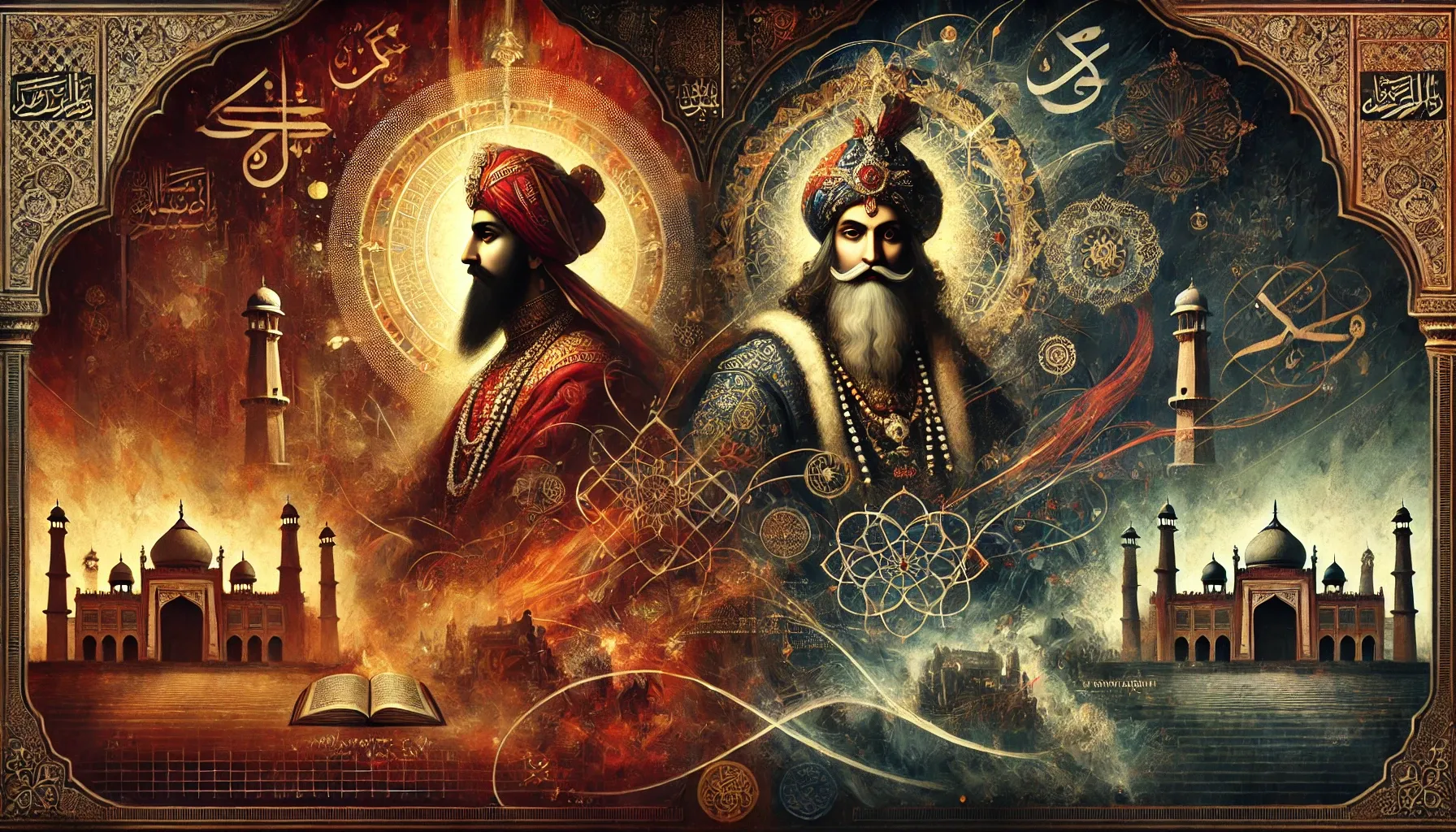Dara Shikoh vs. Aurangzeb: Mughal Succession and Legacy
Last Updated
20th March, 2025
Date Published
20th March, 2025
Share This Post With Someone

Context:
This analysis is based on an article from The Indian Express (published March 19, 2025), titled "Knowledge Nugget: Dara Shikoh, Aurangzeb, and the Mughal War of Succession — All you need to know." It explores the contrasting personas of Dara Shikoh and Aurangzeb, their rivalry during the Mughal War of Succession, and its historical significance, spotlighted by recent Nagpur violence over Aurangzeb’s tomb. This is relevant for understanding medieval Indian history, governance, and socio-religious dynamics.
Crisp Information in Points:
- Historical Trigger: Curfew in Nagpur (March 2025) followed protests by right-wing groups against Aurangzeb’s tomb in Khuldabad, reviving debates about his legacy.
- Dara Shikoh’s Profile: Born 1615, eldest son of Shah Jahan, a scholar promoting interfaith harmony; translated 52 Upanishads into Persian (Sirr-i-Akbar) to bridge Hinduism and Islam.
- Aurangzeb’s Profile: Younger brother, a conservative ruler (1658-1707), who defeated Dara in the succession war, ruled with military might, and is often blamed for Mughal decline.
- War of Succession: After Shah Jahan’s illness (1657), no primogeniture rule led to a fierce contest; key battles included Dharmat (April 1658, Aurangzeb’s artillery won) and Samugarh (May 1658, decisive victory).
- Dara’s Fate: Defeated at Deorai (1659), betrayed by an Afghan chief, publicly humiliated in Delhi, executed on August 30, 1659, on Aurangzeb’s orders as a threat to peace and Islam.
- Ideological Clash: Dara, a liberal syncretist, contrasted with Aurangzeb’s orthodoxy; historians speculate Dara’s rule might have reduced religious conflicts.
- Aurangzeb’s Reign: Protected more Hindu temples than he destroyed, employed 50% more Hindus in administration than Akbar, yet reimposed jizya and fought Marathas, causing suffering.
- Historical Debate: Aurangzeb’s policies (religious intolerance, Deccan wars) are seen as weakening the Mughal Empire, while Dara is romanticized as a lost alternative.
- Cultural Legacy: Dara’s works (e.g., Majma-ul-Bahrain) highlight interfaith dialogue; Aurangzeb’s era reflects military expansion but socio-economic strain.
Link To The Original Article – https://indianexpress.com/article/upsc-current-affairs/upsc-essentials/knowledge-nugget-aurangzeb-dara-shikoh-mughal-nagpur-upsc-history-9894427/